Today I’m checking in with a continuation of my series of posts on nutrient-rich combinations of plant foods. First I tackled protein, and then I addressed calcium. Today I’m chatting about iron within a vegan diet, and I’m offering you 15 iron-rich combinations of plant food, along with ideas for how to enjoy them.
All About Iron
Iron is needed by red blood cells in order to deliver oxygen throughout the body. It’s essential for energy maintenance, and it also plays a role in DNA synthesis and immunity. Iron deficiency is the most common nutrient deficiency worldwide, and it’s more common among women than men, in part because women lose iron through menstruation. Low iron stores lead commonly to iron-deficiency anemia; symptoms include fatigue, pallor, dizziness, rapid heartbeat, and shortness of breath.
When we think about iron, our minds might immediately turn to red meat, liver, or any of the foods we were told to eat for iron when we were growing up. It’s true that red meat is a great source of iron, but so are many plant foods, including lentils, soybeans, and leafy greens; in fact, an average serving of lentils contains more iron than a 3-ounce serving of beef. A cup of cooked turnip greens or beet greens contains about 20%. Surveys of vegans show them to be at no greater risk for iron deficiency than omnivores [1, 2], and some research suggests that vegans may consume more iron, on average, than do non-vegans [3].
Vegan Diets and Iron Absorption
In spite of the fact that vegan diets can easily be abundant in iron, there are some factors that vegans should consider beyond the actual amount of iron consumed–namely, issues of bioavailability and absorption.
The type of iron in plant foods, known as non-heme iron, is less well absorbed than heme iron, which comprises about 40% of the iron found in meat, poultry, and fish. Some research suggests that the bioavailability of iron from diets that contain substantial amounts of animal protein is about 14-18%, while it’s closer to 5% to 12% from vegetarian diets [4]. Vegans may need to consume more iron in order to account for this difference.
Many iron-rich plant foods are also high in phytates (also known as phytic acid). Phytates bind to iron and other minerals, preventing their absorption. Phytates are abundant in some of the most healthful and nutrient-dense plant foods, including whole grains and legumes, and they’re associated with some potential health benefits, so they shouldn’t be avoided; rather, vegans should take care to eat ample iron-rich foods and be mindful of strategies than can help to increase absorption.
One of these strategies is to eat foods that are rich in vitamin C (ascorbic acid) along with foods that are rich in iron, since vitamin C significantly increases the absorption of non-heme iron. Vitamin C, which is found in plant-based foods including bell pepper, strawberries, certain crucifers, and citrus, can increase iron absorption up to six-fold, which may ultimately outweigh the differences in bioavailability between heme and non-heme iron [5]. The fermentation process used to make breads such as whole wheat sourdough can also help to increase absorption.
Finally, tannins–found in coffee and tea–can decrease iron absorption, as can calcium. For this reason, it’s wise to each iron-rich food a few hours before or after coffee and/or calcium supplements, if you take them [6].
Iron Recommendations
As far as iron recommendations go, the RDA for women between the ages of nineteen and fifty is 18 milligrams daily. It’s lower for men–8 milligrams daily–to account for the fact that women lose some iron through blood loss during menstruation. For women 51+, the recommendation is 8 mg daily, and for teens (14-18 years), it’s 15 mg daily.
While the Institutes of Medicine recommends that vegetarians and vegans get 1.8 times the RDA [7], an increased intake of this magnitude may not be necessary. In her iron primer for vegans, Ginny Messina notes that the current iron need determinations were based on limited research. She also cites studies suggesting that human bodies may adapt to lower iron bioavailability with enhanced absorption [8, 9].
In other words, it probably behooves vegans to increase iron intake above the RDA, but it may not be necessary to essentially double iron intake beyond what’s recommended for omnivores. No matter what, vegans should keep in mind the additional factors (like vitamin C consumption) that impact how iron is absorbed.
The plant-food combinations I’m sharing in this post, and my calculations of how they help you to reach the RDA, use the standard recommendation of 18 milligrams per day for women. My vegan readers can increase intake well beyond that by maximizing consumption of beans, soy foods, leafy greens, certain grains (especially quinoa, bulgur, and pearled barley), blackstrap molasses, cashews, and sesame seeds/tahini, among other foods.
Vegan Foods that are High in Iron
Now we get to the fun part: food! Specifically, the vegan foods that can best help you to source ample iron in your diet. Here’s a list of twenty plant-based foods that are particularly rich in iron:
Spinach, cooked, 1 cup: 6.4 mg (36%)
Tofu, 4 ounces: 6.4 mg (36%)
Soybeans, cooked, 1/2 cup: 4.4 mg (24%)
Swiss chard, cooked, 1 cup: 4.0 mg (22%)
Blackstrap molasses, 1 tablespoon: 3.6 mg (20%)
Lentils, cooked, 1/2 cup: 3.3 mg (18%)
Potato, cooked, 1 large: 3.2 mg (18%)
Turnip greens, cooked, 1 cup: 3.2 mg (18%)
Quinoa, cooked, 1 cup: 2.8 mg (16%)
Beet greens, cooked, 1 cup: 2.7 mg (15%)
Tahini, 2 tablespoons: 2.7 mg (15%)
Peas, cooked, 1 cup: 2.5 mg (14%)
Tempeh, 4 ounces: 2.4 mg (13%)
Black eyed peas, cooked, 1/2 cup: 2.2 mg (12%)
Cashews, raw or roasted, 1/4 cup: 2.1 mg (12%)
Kidney beans, cooked, 1/2 cup: 2.0 mg (11%)
Chickpeas, cooked, 1/2 cup: 1.8 mg (10%)
Black beans, cooked, 1/2 cup: 1.8 mg (10%)
Bok choy, cooked, 1 cup: 1.8 mg (10%)
Bulgur, cooked, 1 cup: 1.7 mg (10%)
A quick note about spinach: while it’s very high in non-heme iron, it’s also high in polyphenols that are thought to inhibit absorption [10, 11]. So it’s a particularly good food to consume with vitamin C.
15 Iron-Rich Combinations of Plant Food
It’s always one thing to see, or read about, or be told about foods that are high in this-or-that nutrient. From a practical standpoint, though, I think it’s so much more impactful to be told how to incorporate such foods into a real-world, everyday diet. That’s what the goal of this post truly is, and without further ado, here are 15 iron-rich combinations of plant food, as well as some thoughts on how you might enjoy them.
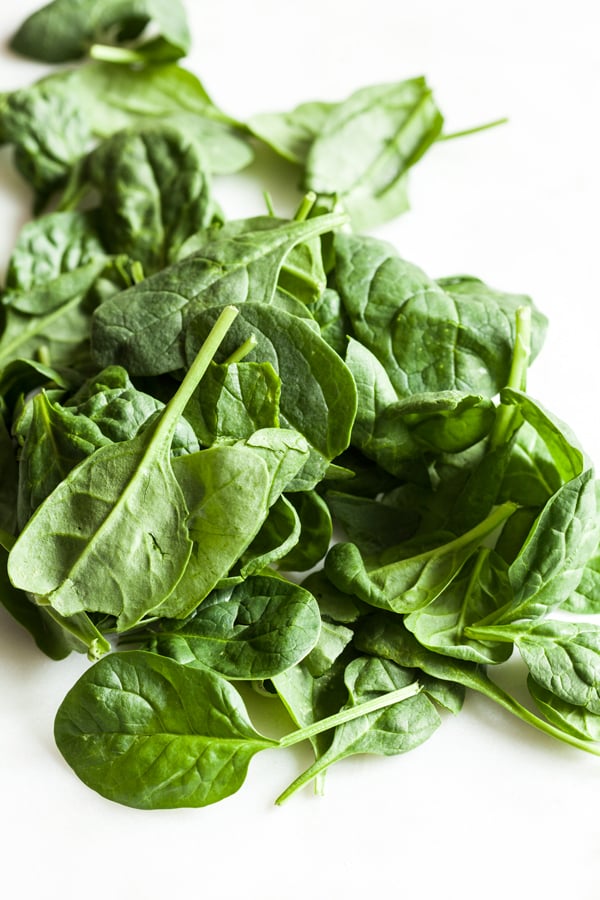
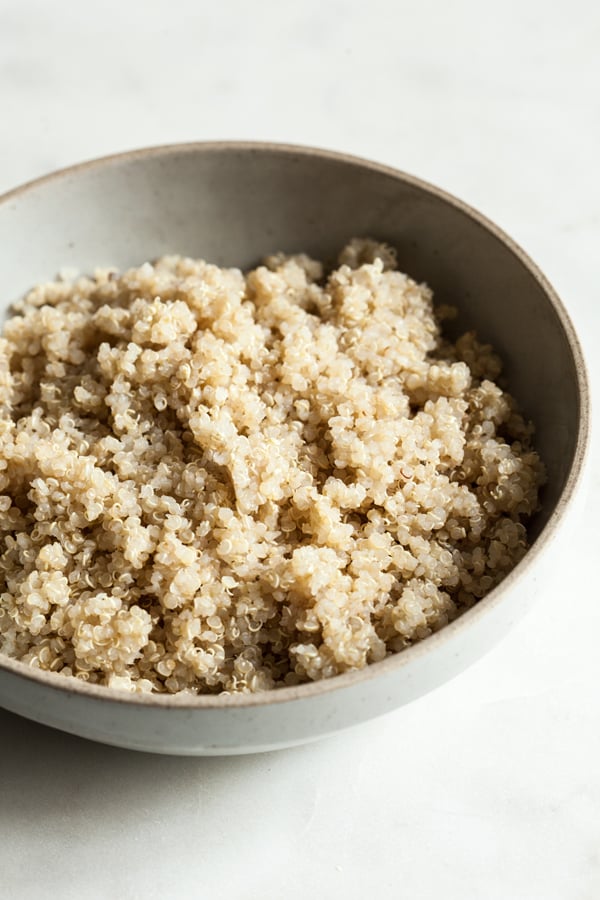
Spinach (36%) + quinoa (16%) = 52%
Prepare a simple quinoa pilaf and stir in cooked spinach, or combine quinoa and spinach in a hearty soup or stew (you can try topping my cream of broccoli and quinoa soup with tempeh bacon or lemon pepper tempeh cubes!).
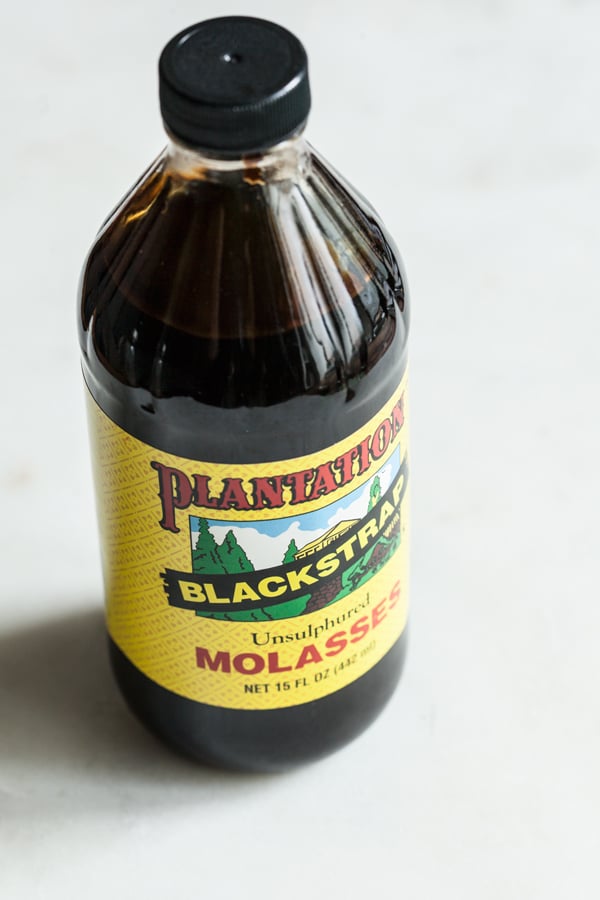
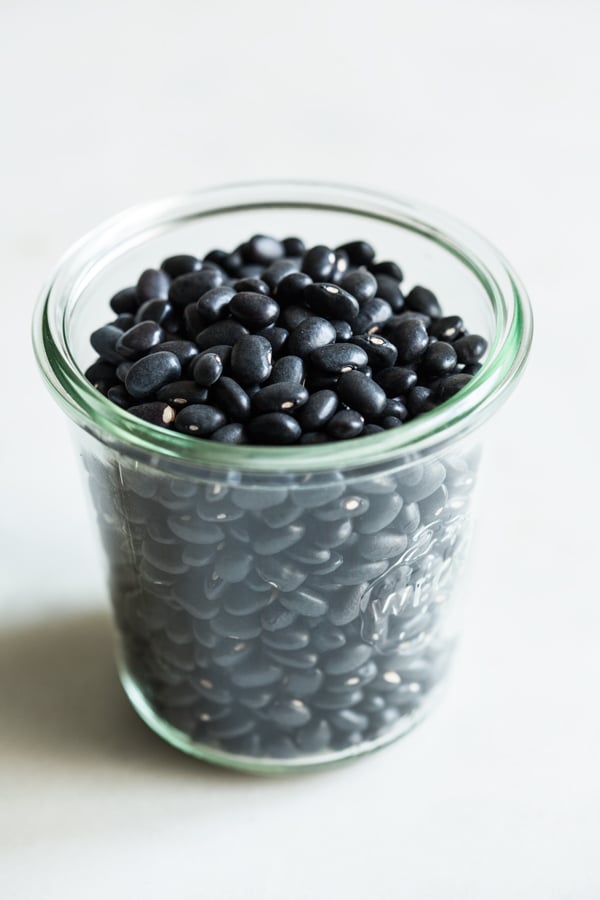
Blackstrap molasses (20%) + black beans (10%) = 30%
Prepare a batch of baked beans with blackstrap molasses, or try making my iron vegan sweet potato and black bean enchiladas.
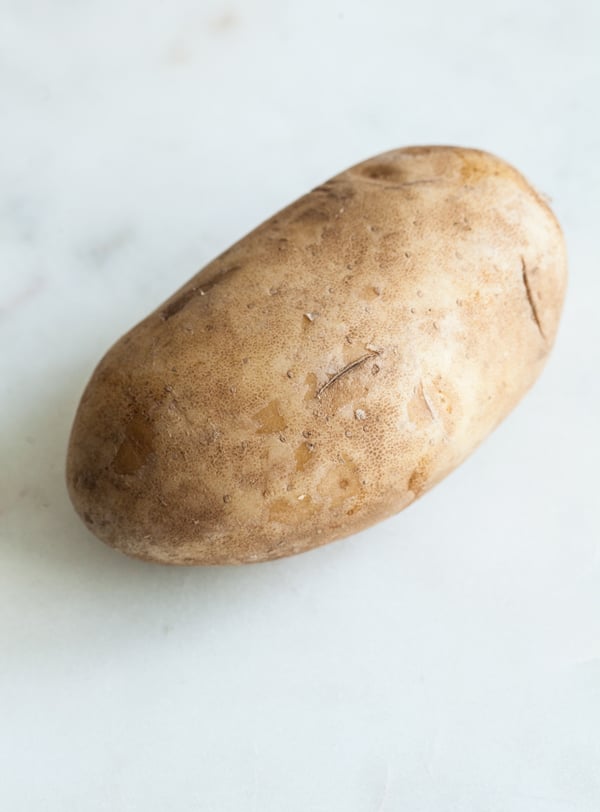
Potato (18%) + turnip greens (18%) = 36%
Prepare a baked potato and stuff it with vegan sour cream or buttery spread and a cup of cooked, dark leafy greens. Or, try combining potatoes and turnip greens in an easy vegan hash.
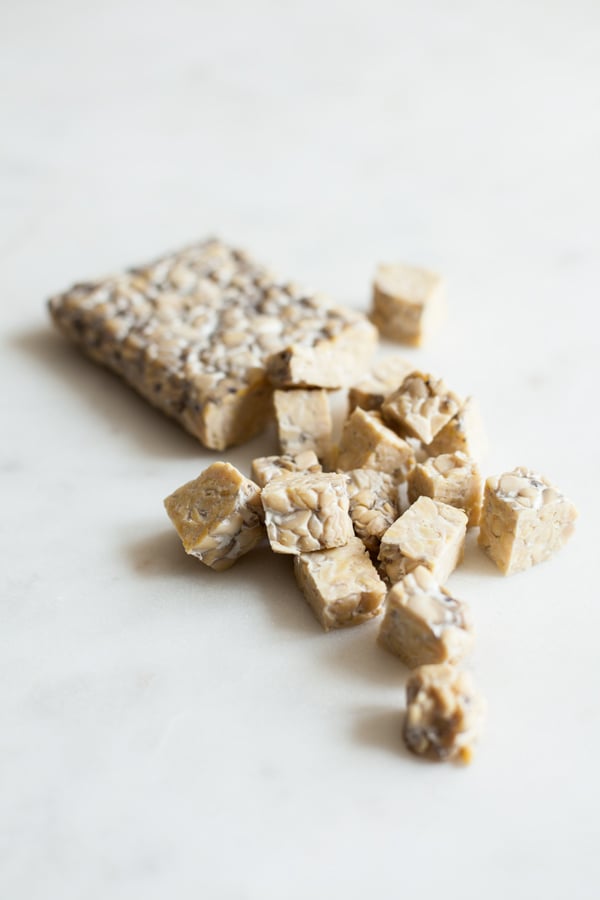
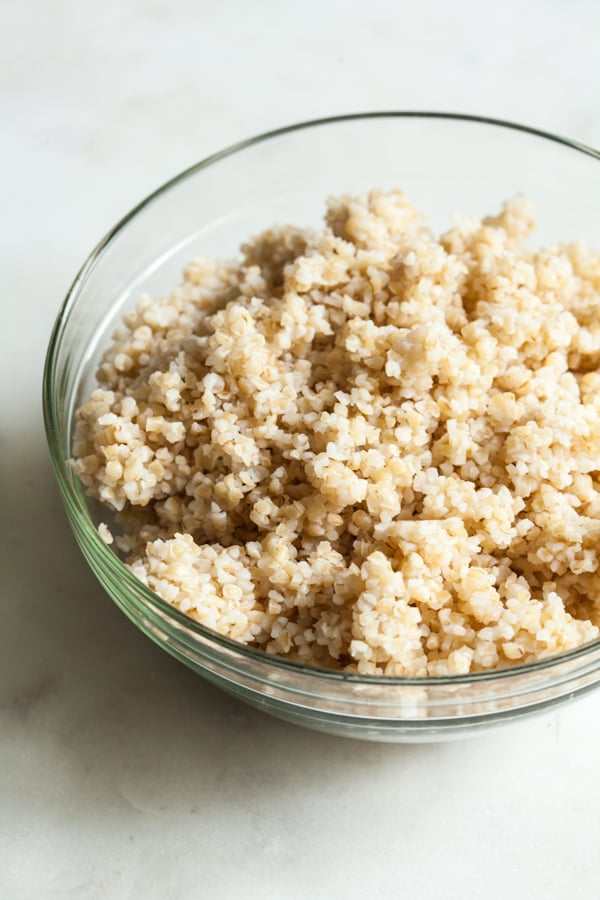
Tempeh (13%) + bulgur (10%) = 23%
Make a batch of vegan tabbouleh and top it with my lemon pepper tempeh cubes, or prepare a simple bulgur and vegetable salad, then pile it high with tempeh bacon.
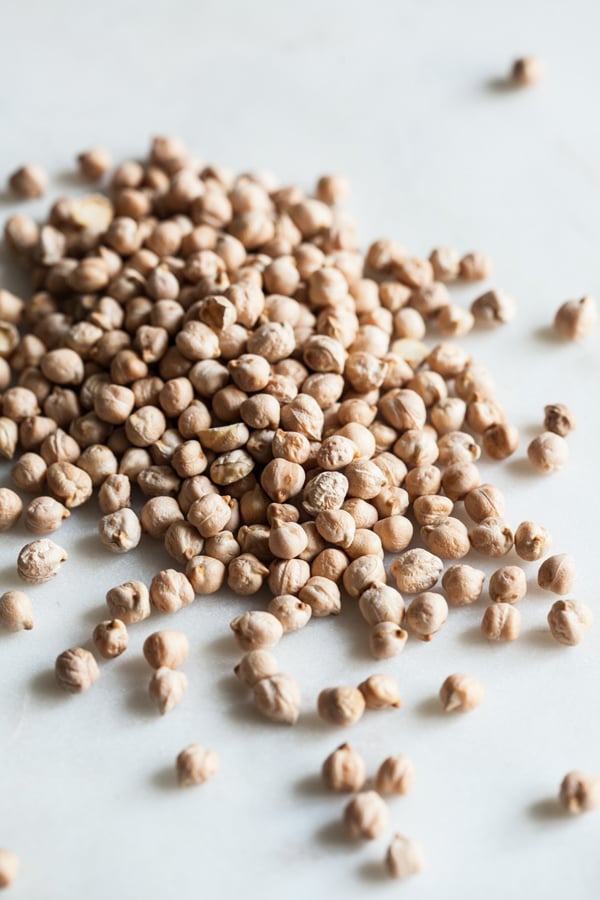

Chickpeas (10%) + quinoa (16%) = 26%
Quinoa and chickpea salads to the rescue! Start with my quinoa chickpea caesar salad, or my quinoa, carrot, and spinach salad with spicy carrot chili vinaigrette.
Other iron-rich options (featuring different beans) include my protein packed black bean and kidney bean quinoa salad, or my quinoa, corn, black bean, and tempeh salad with creamy cilantro dressing.
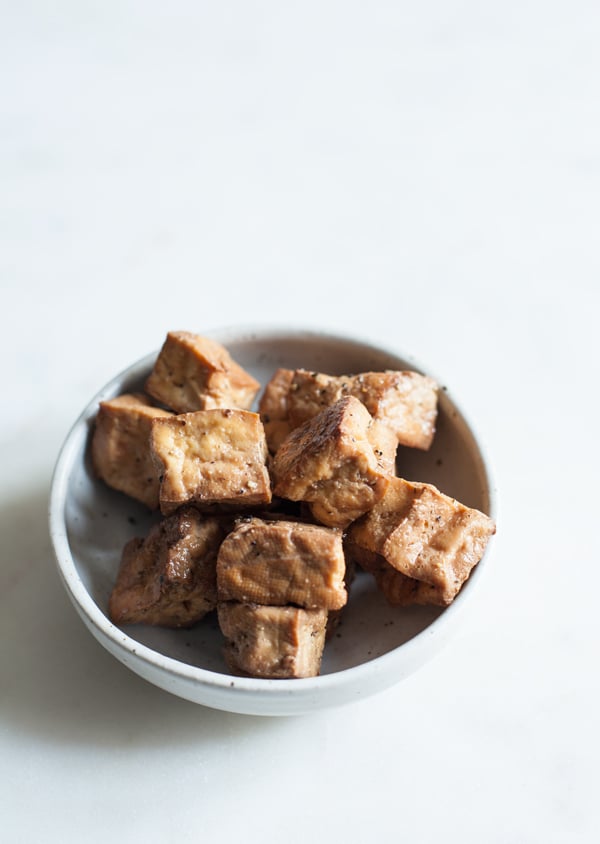
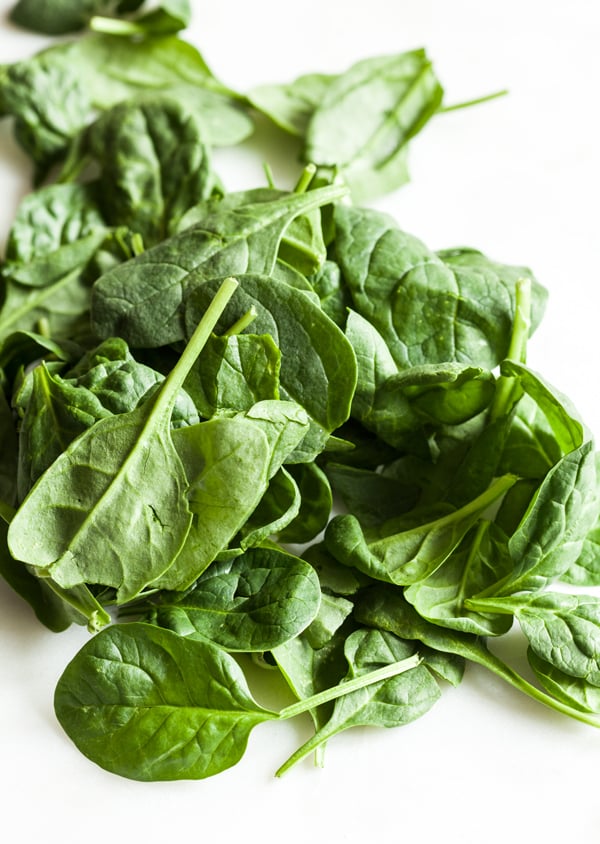
Tofu (36%) + spinach (36%) = 72%
Create a quick and easy stir fry using seared tofu, spinach, and your favorite whole grain. Or, for a comfort food meal, try whipping up my vegan eggplant rollatini.
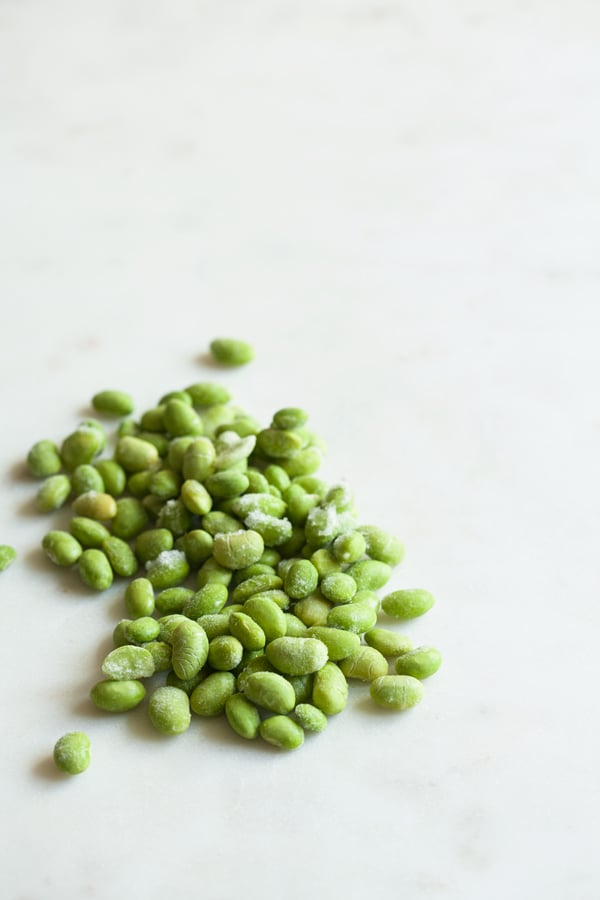
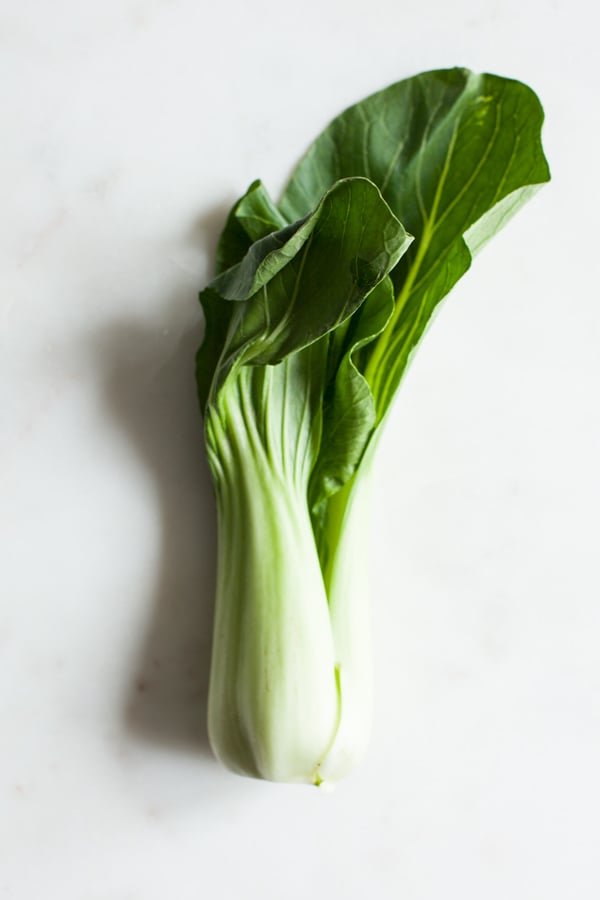
Soybeans (24%) + bok choy (10%) = 34%
Create a stir fried rice dinner with soy beans and bok choy, or try my bean noodles with bok choy, edamame, and miso sesame sauce.
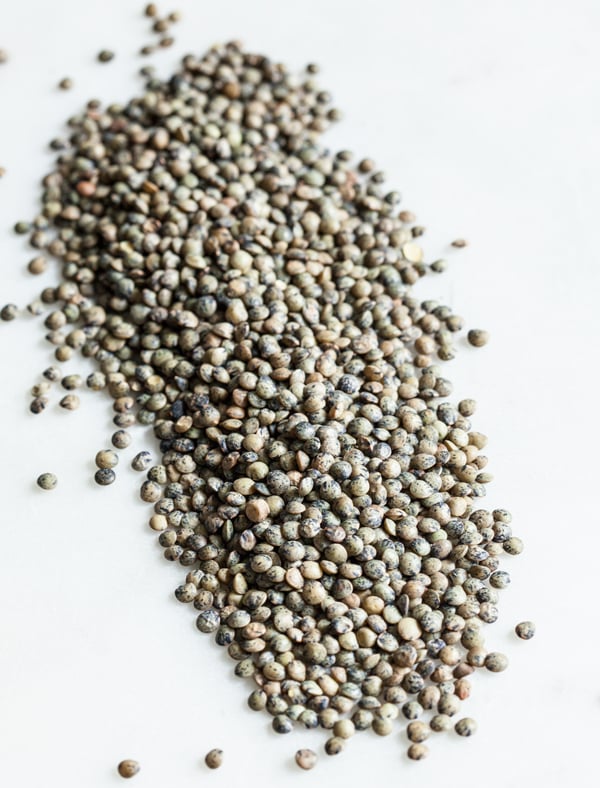
Lentils (18%) + quinoa (16%) = 34%
Where to begin? Both of these ingredients are abundant in vegan recipes, and they can be easily folded together in salads, pilafs, and grain bowls. I love combining them in my festive, holiday-worthy quinoa salad with dried cranberries, apricots, lentils, and pecans, or you could try serving my slow cooker masala lentils over a bowl of fluffy quinoa.

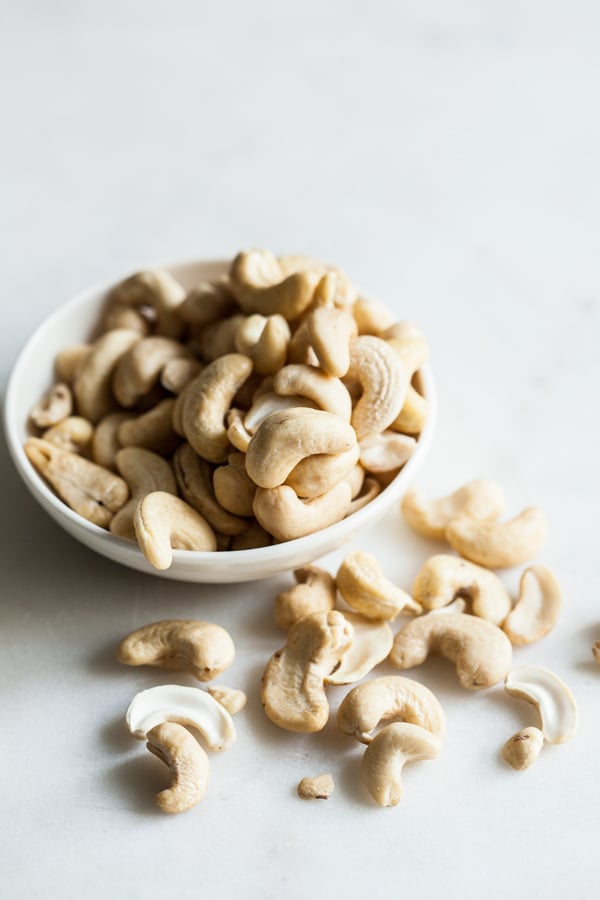
Blackstrap molasses (20%) + cashews (12%) = 32%
Combine molasses and cashews in a bowl of morning porridge or oatmeal, or try combining them in nutrient-dense muffins or quickbread!


Black beans (10%) + quinoa (16%) = 26%
There are so many things I like to do with this combination of ingredients that I’m not sure where to start! They play very nicely together in salads, bowls, and more. Try combining them in my black bean and quinoa salad with quick cumin dressing, or throw them together and let them simmer in my slow cooker black bean, quinoa, and butternut squash chili.
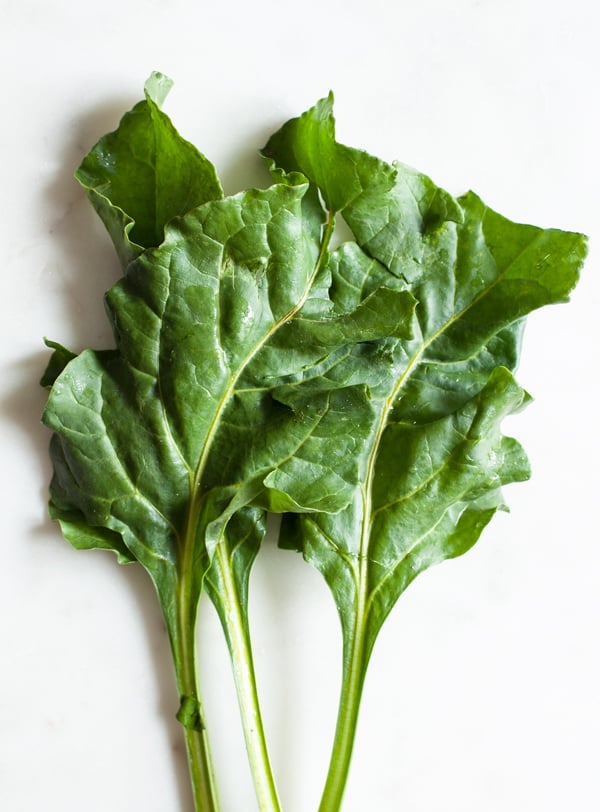
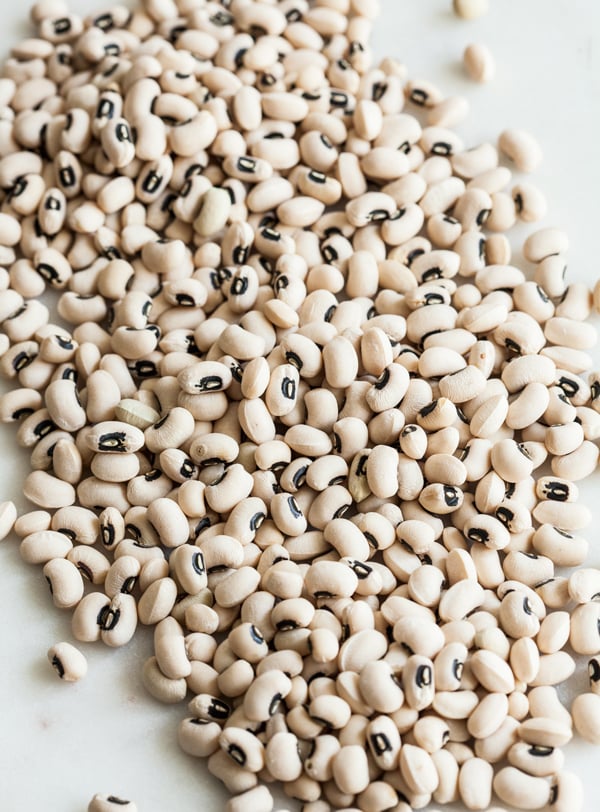
Turnip greens (18%) + black eyed peas (12%)
Of course you might combine these two in a simple bean & green skillet (sort of like my simple stewed pinto beans and collard greens). But for something a little more traditional and festive, try combining them in a vegan hoppin’ John dish, and using turnip greens in place of traditional collards.
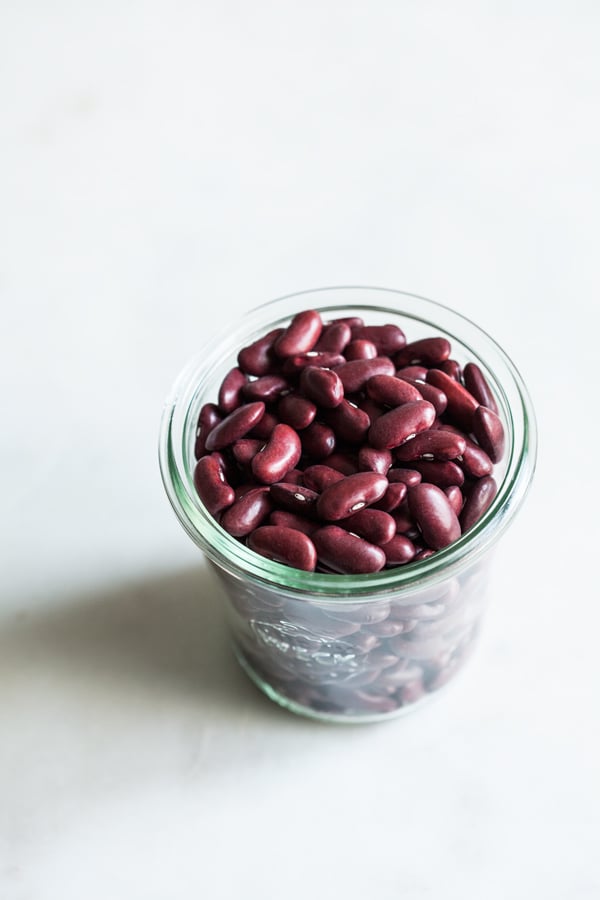
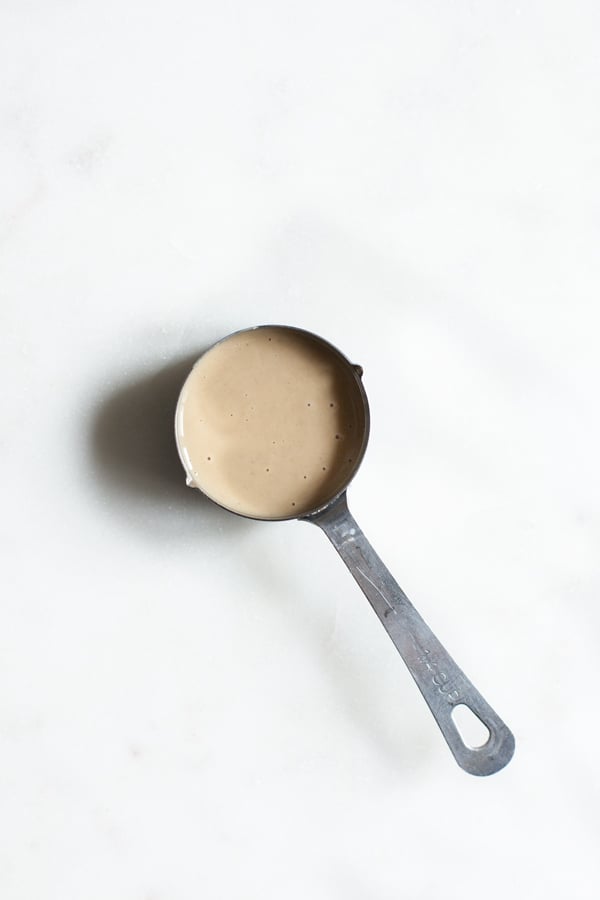
Bulgur (10%) + kidney beans (11%) + tahini (15%) = 36%
Try throwing these ingredients together in a Middle Eastern stew or soup dish. Or, throw together a simple bowl with bulgur wheat, kidney beans, and either tahini dressing or a nice big scoop of hummus and tahini.

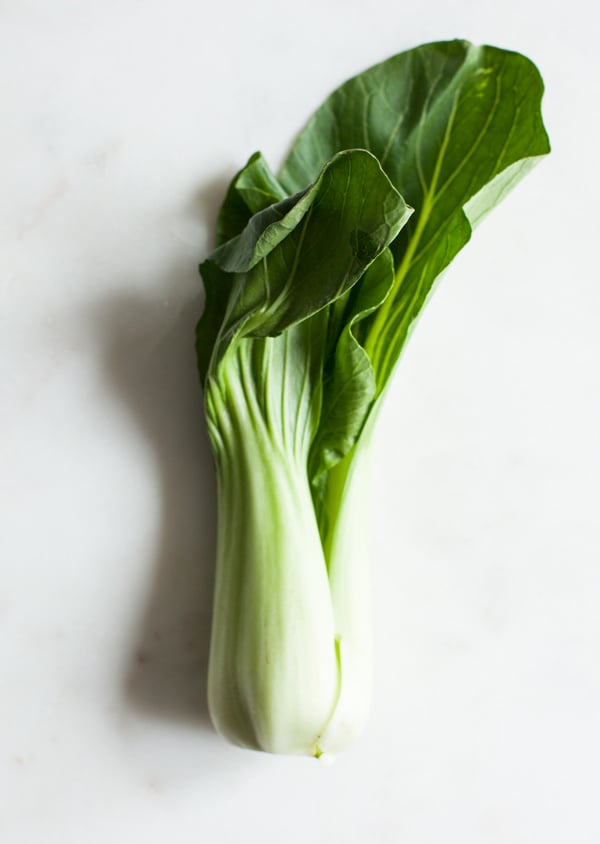
Tofu (36%) + bok choy (10%) = 46%
Try combining these two ingredients together in a simple stir fry dish–with some bell pepper and/or cauliflower thrown in for extra Vitamin C!
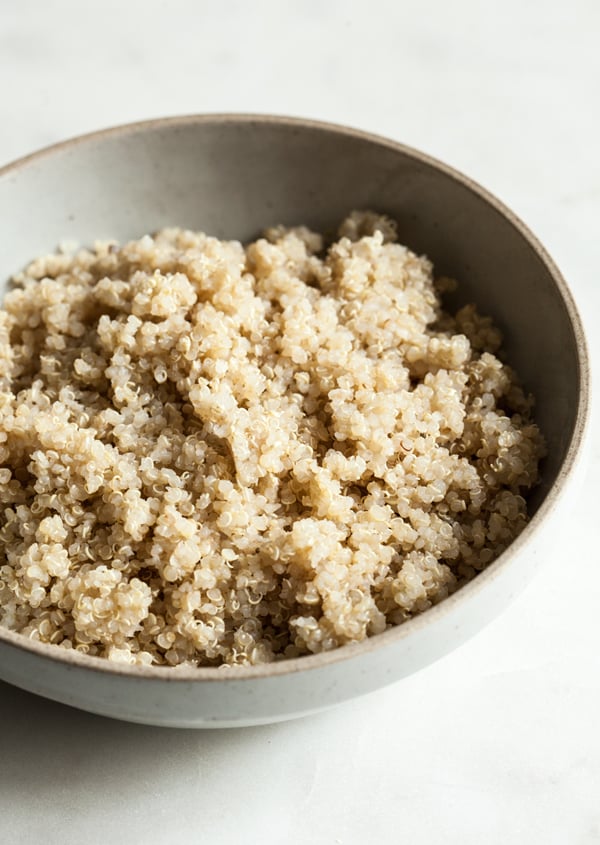
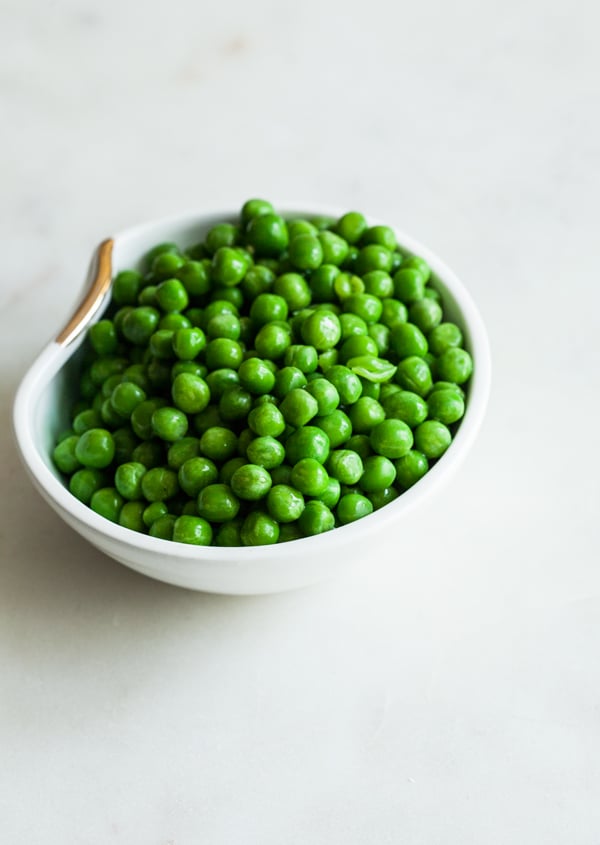
Quinoa (16%) + peas (14%) = 30%
I love these ingredients on their own, and I also think they work really nicely in grain salads and pilafs. Try my purple asparagus and quinoa salad with peas, or my lemon herb quinoa with hemp seeds, spring peas, and basil.


Tempeh (13%) + black beans (10%) = 23%
I love putting these two plant protein superstars together–especially in Mexican dishes, like chilis, but also in everyday salads. They’re great in my quinoa, corn, black bean, and tempeh salad.
As you can see, it’s truly not difficult to obtain quite a bit of non-heme iron within a single meal. It’s simply a matter of picking the right foods and then taking care to pair them, if you can, with vitamin C.
More Reading
Curious to read more? There are plenty of great resources on the web, including some of the articles that have helped me to write this post today. Start with Ginny Messina’s practical, comprehensive iron primer (and then take a moment to explore her other vegan nutrition primers). The Vegetarian Resource Group also has a great iron article that includes a comprehensive list of vegan sources of iron. True to form, Jack Norris offers extremely thorough and carefully researched information in this article. And finally, you can download the AND’s PDF on iron and vegetarian diets here.
Questions? Comments? Request for recipes or meal ideas? Let me know! I hope you find this post useful and practical, and I’m always happy to hear about other nutrition-themed posts that you’d like to read.
And because I can’t resist thinking in recipes, I’ve got one to share with you tomorrow that’s very rich in iron–and also quick, easy, and very delicious. Till soon!
xo



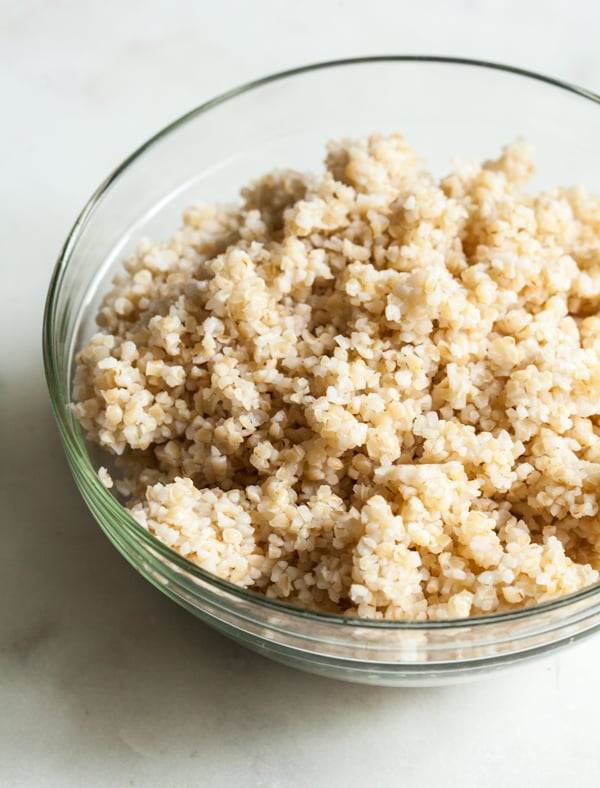
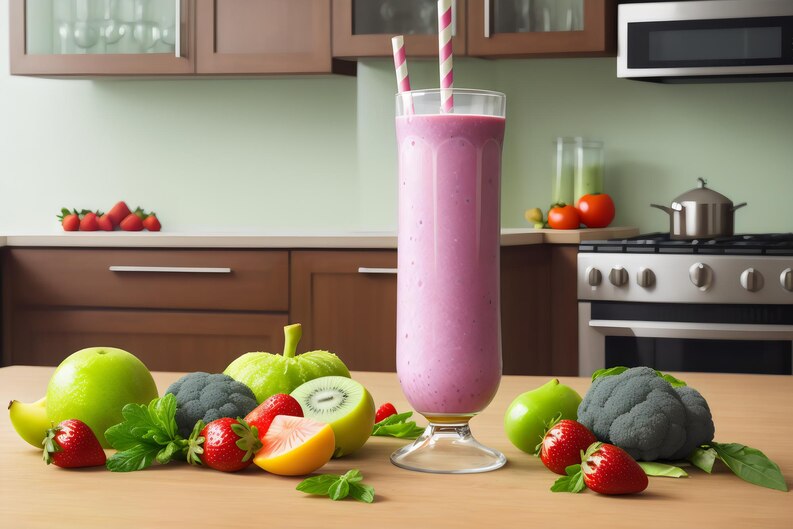
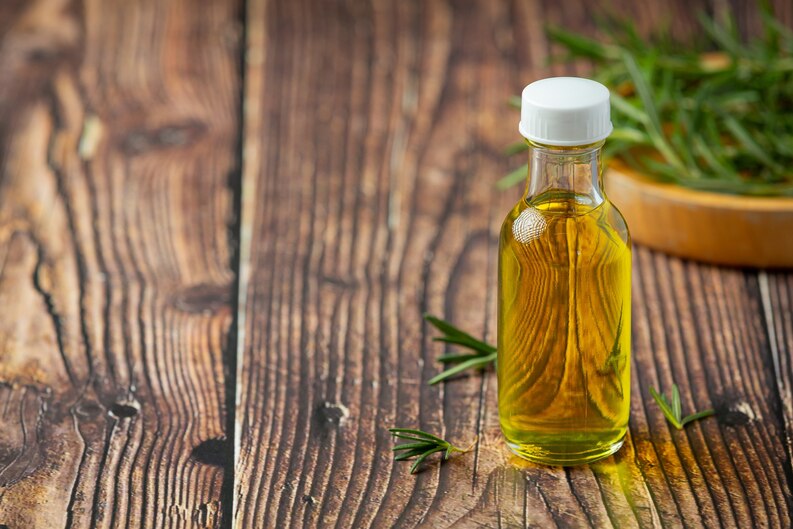
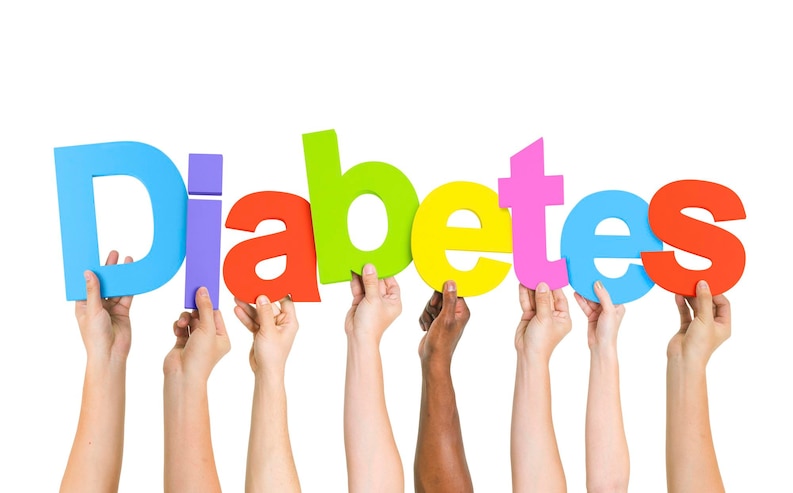
Leave a Reply